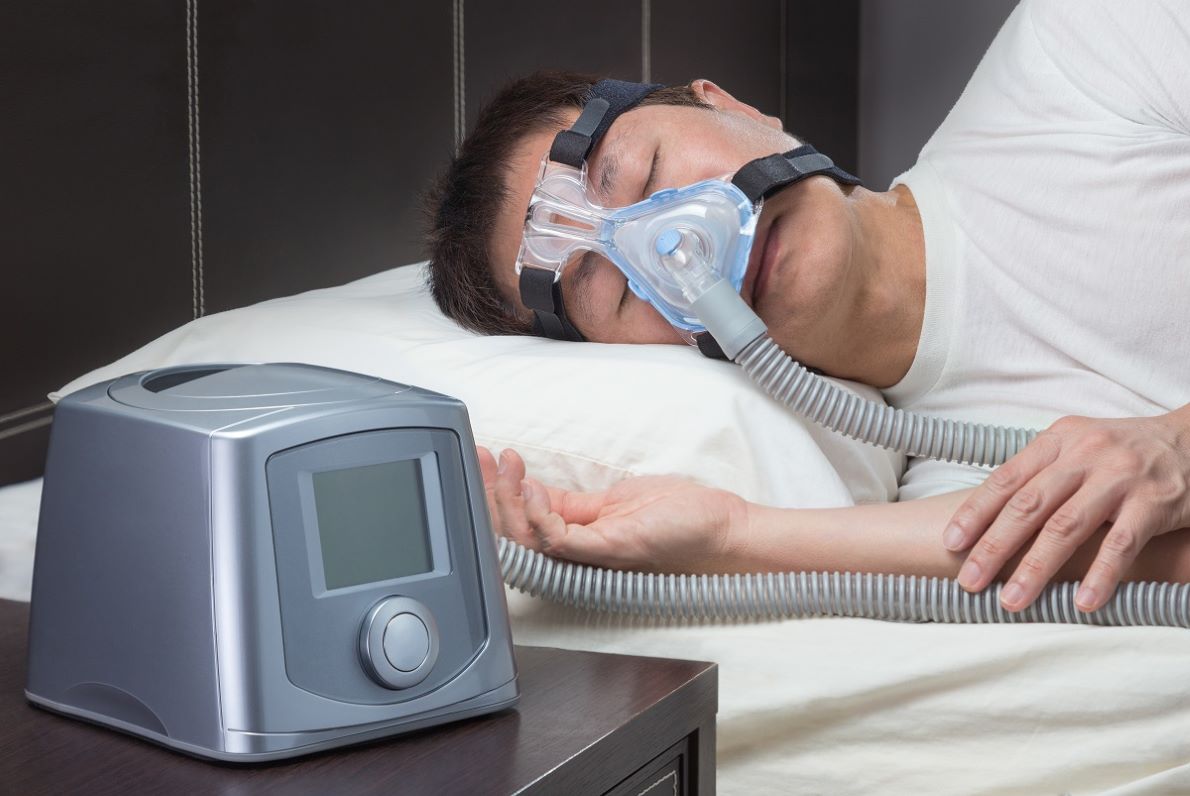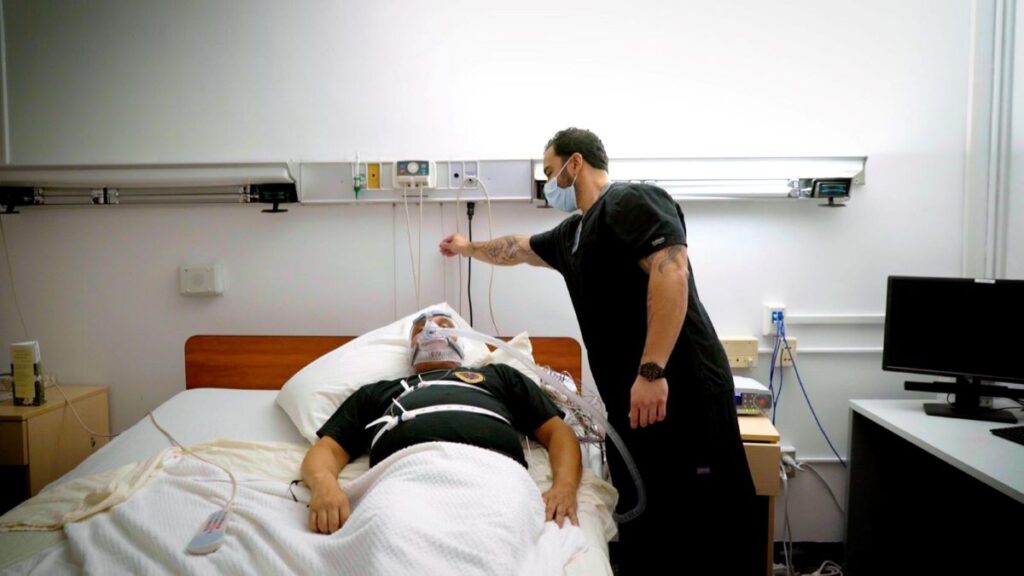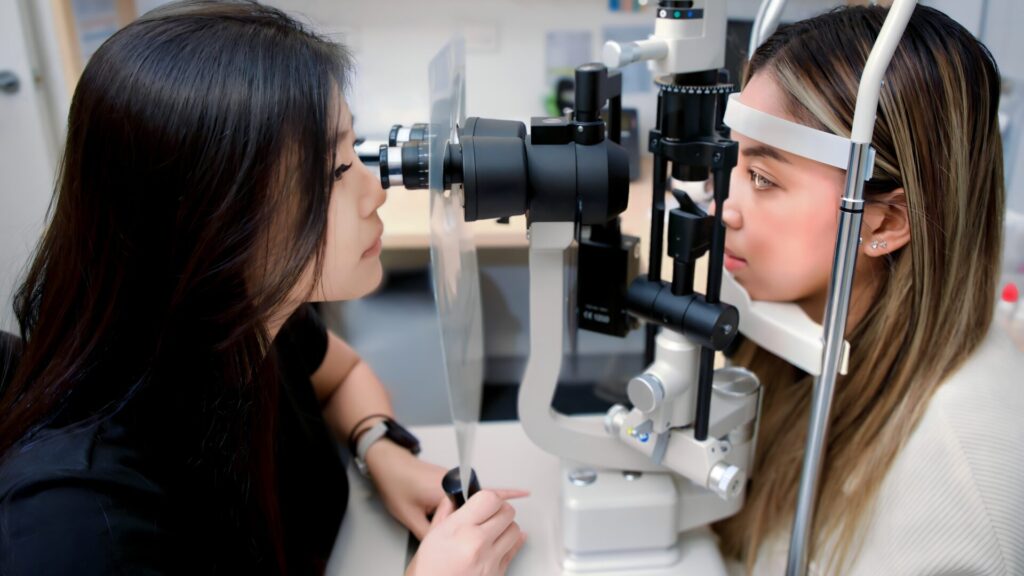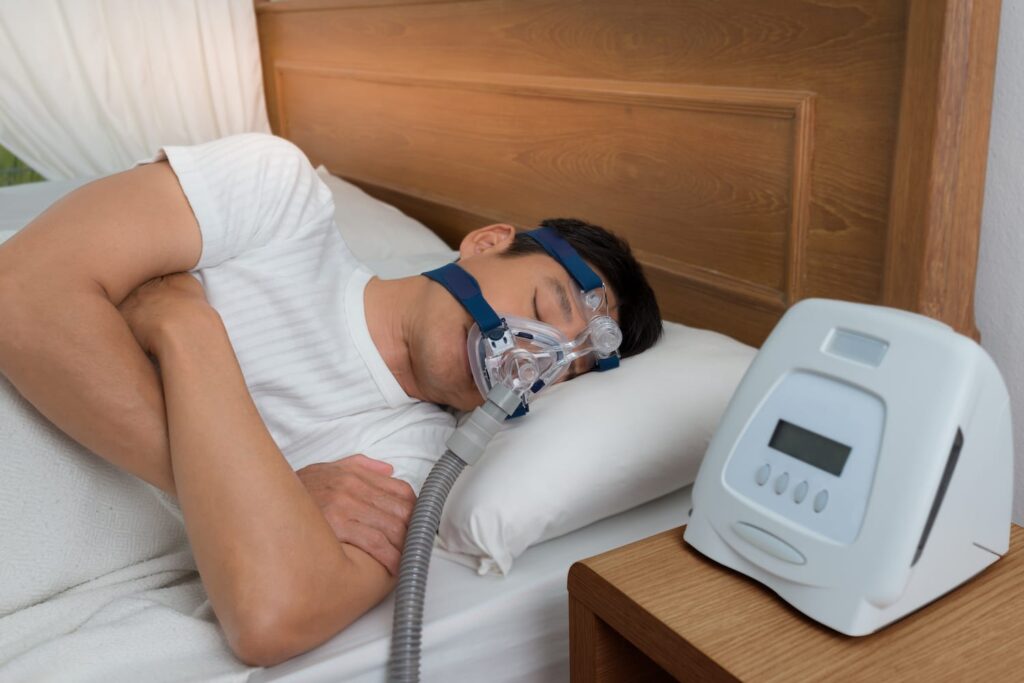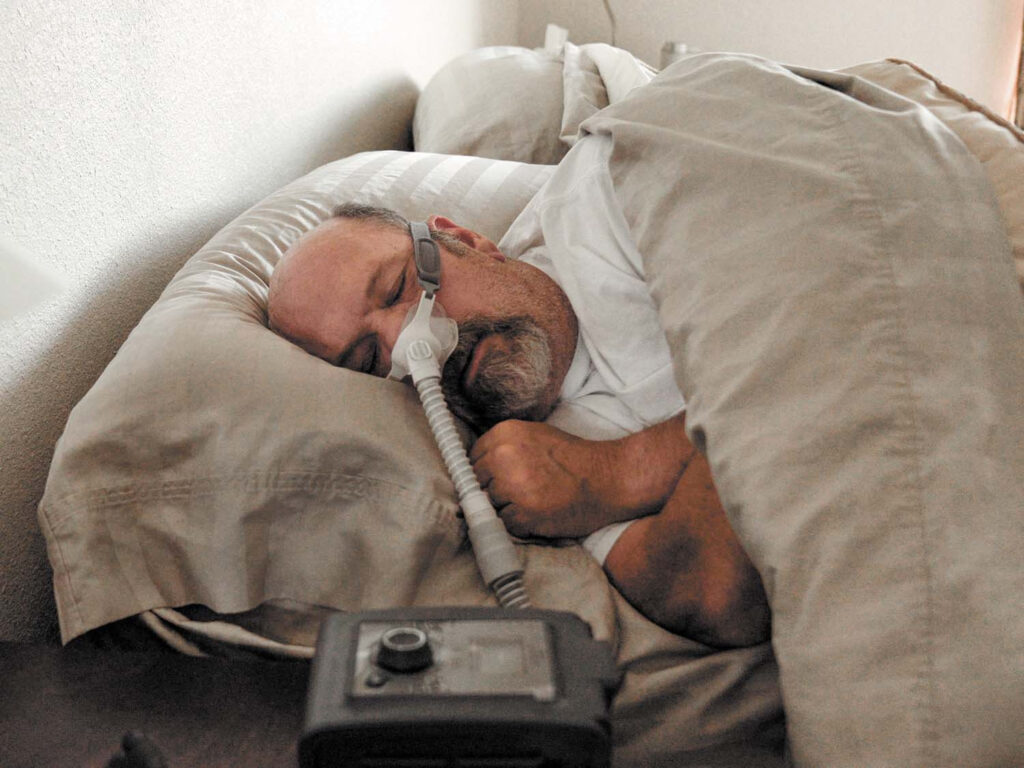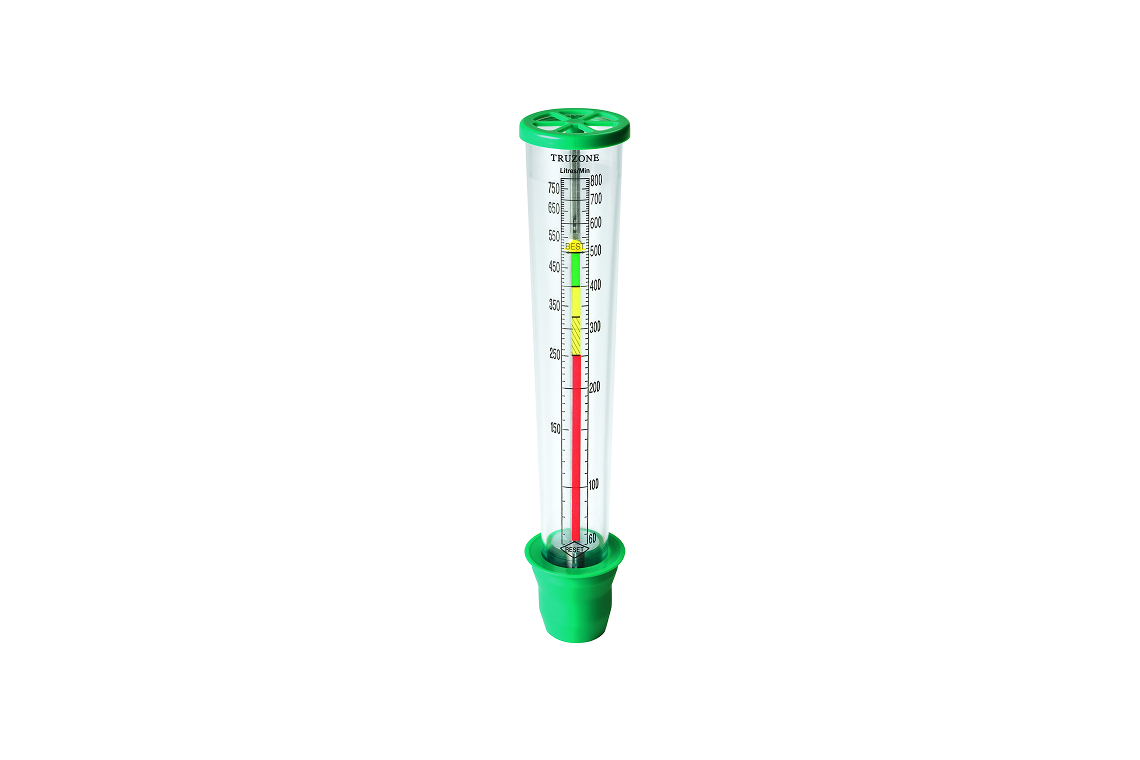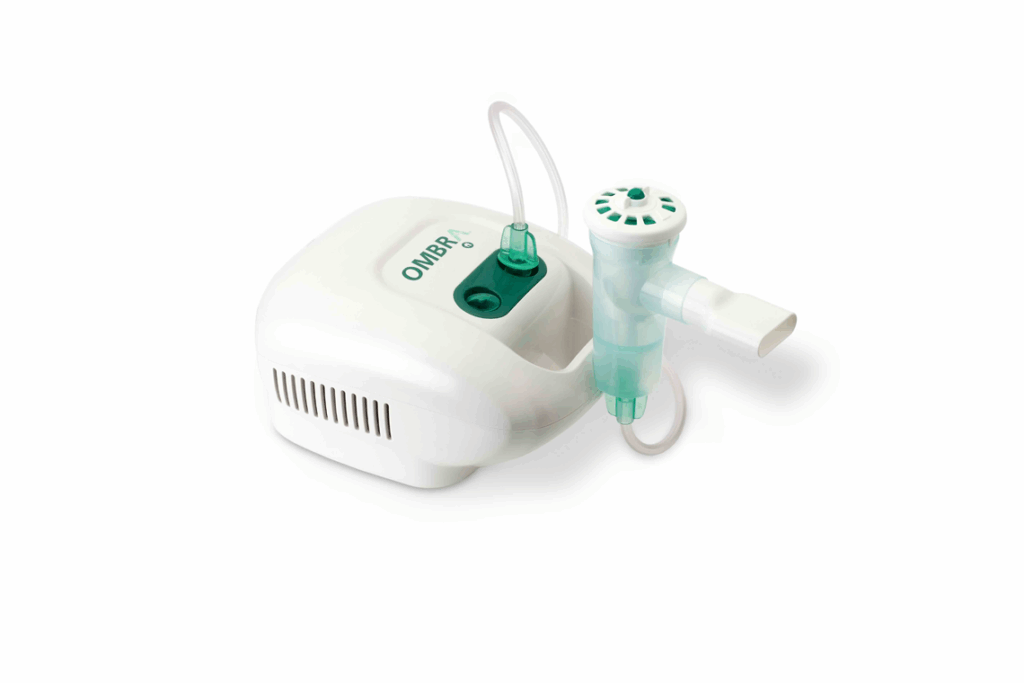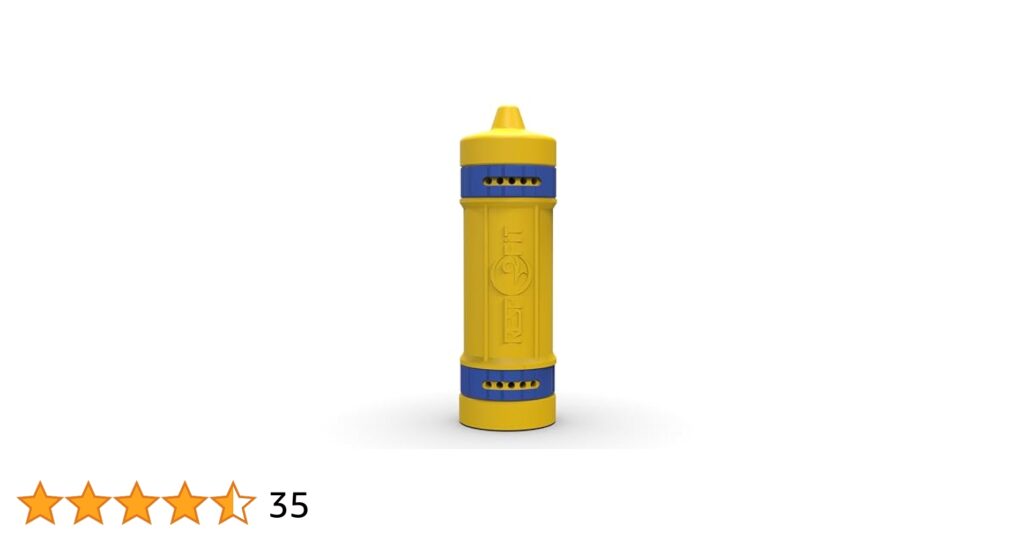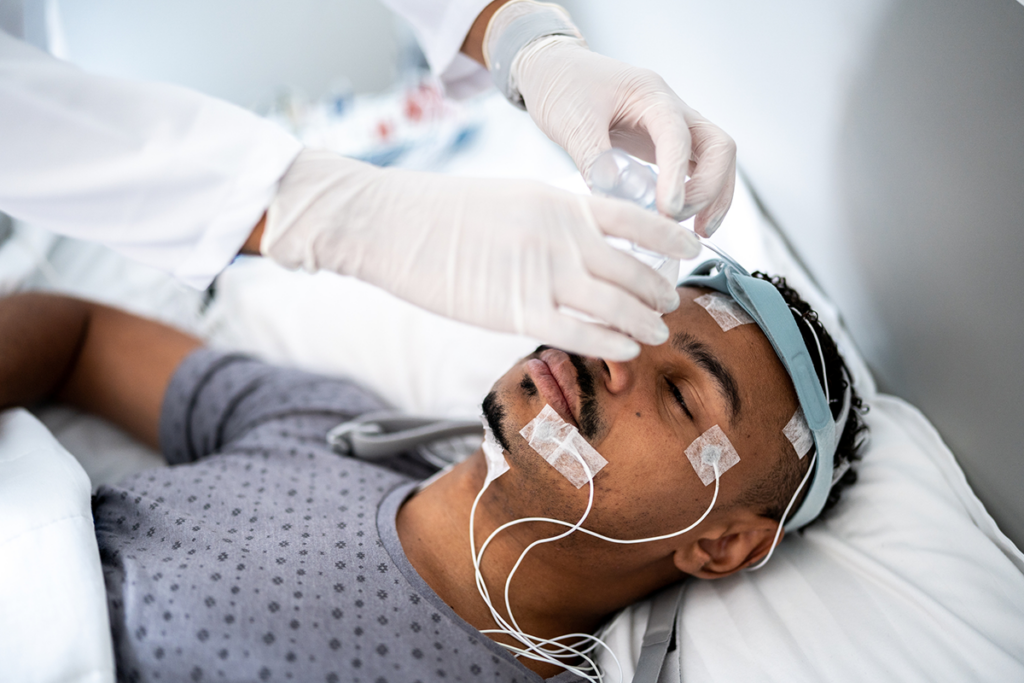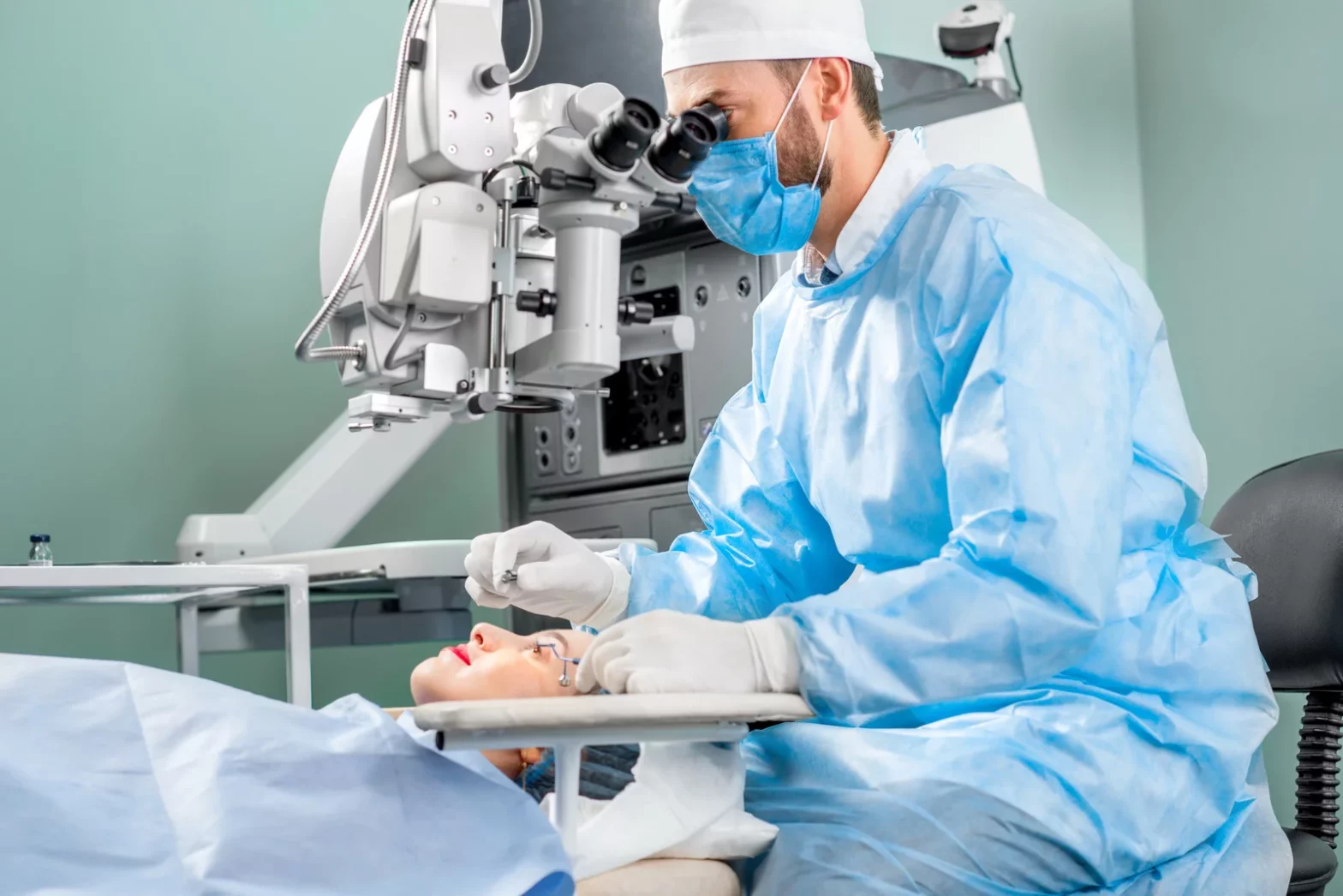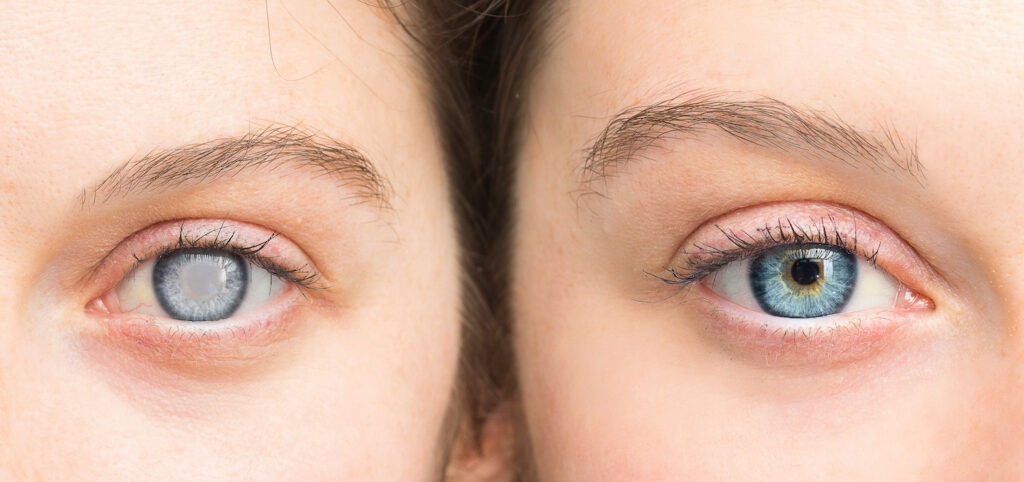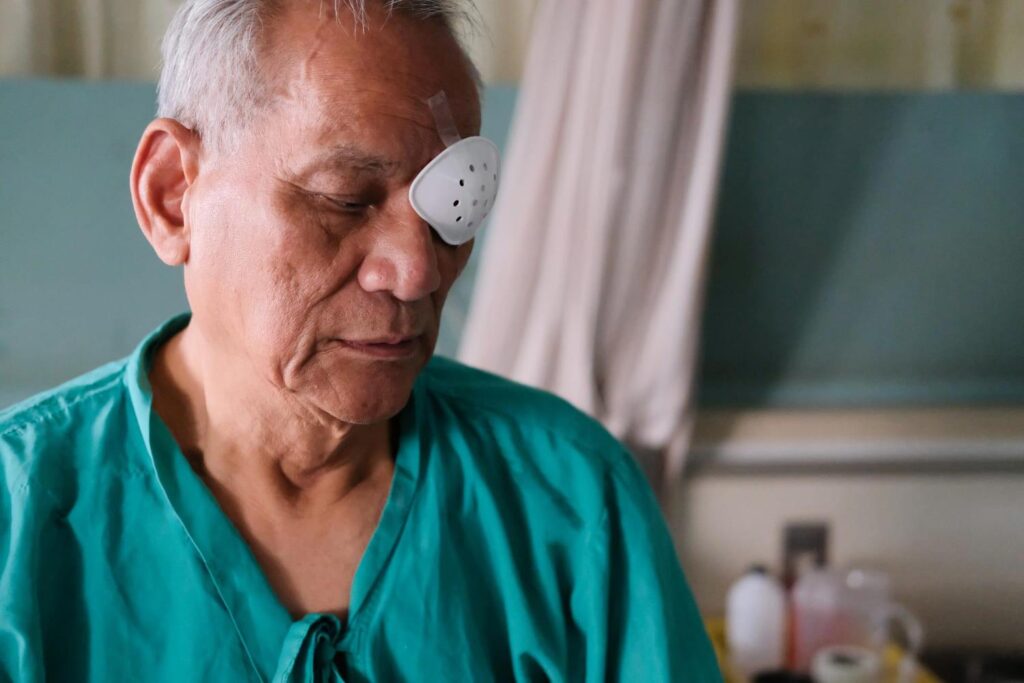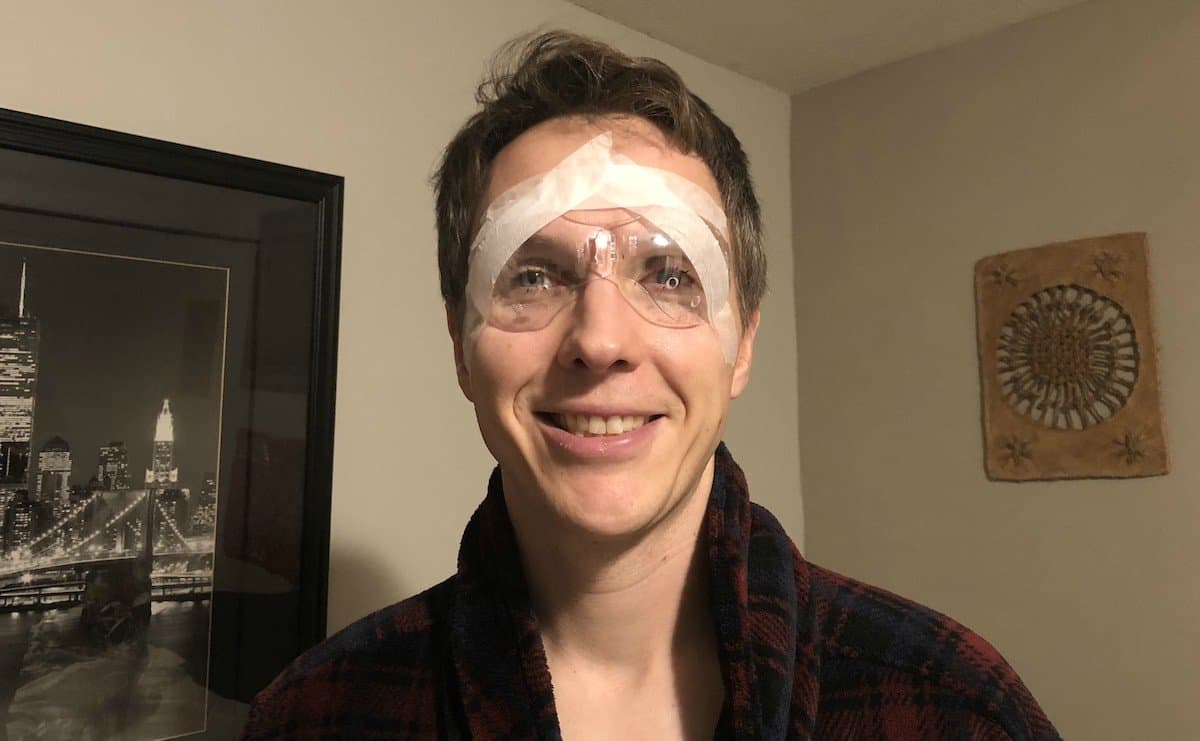Why Is It Important to Recognise the Signs That Indicate a Need for Sleep Testing in Adelaide?
Early detection of sleep disorders can be life-changing. Recognising the importance of identifying sleep disorder symptoms allows you to seek help before minor issues escalate into serious health complications.
Untreated sleep disorders don’t simply affect your rest—they impact every aspect of your health. When you understand the top 7 signs you might need sleep test Adelaide, you’re taking the first step towards protecting yourself from:
- Cardiovascular disease and stroke
- Type 2 diabetes
- Depression and anxiety
- Workplace accidents and motor vehicle collisions
- Reduced quality of life and relationship strain
The need for timely sleep testing cannot be overstated. Sleep disorders like obstructive sleep apnea silently damage your body night after night, raising blood pressure and straining your heart whilst you’re unaware. Professional sleep testing provides accurate diagnosis, enabling targeted treatment that restores restorative sleep and prevents long-term complications. Addressing these symptoms early means you can reclaim your energy, sharpen your focus, and significantly reduce your risk of developing chronic health conditions.
1. Could Loud and Persistent Snoring Be a Sign You Should Get Sleep Tested?
Loud snoring often indicates partial airway obstruction during sleep, where throat tissues collapse and vibrate as you breathe. While occasional snoring affects many people, persistent and disruptive snoring—especially when heard from another room—suggests your airway is significantly narrowed.
The link between snoring and sleep apnea becomes concerning when the obstruction worsens. Obstructive sleep apnea (OSA) develops when your airway closes completely during sleep, causing breathing to stop repeatedly throughout the night. Not everyone who snores has OSA, but loud, habitual snoring represents one of the most common warning signs.
Professional assessment becomes necessary when snoring:
- Occurs nightly and disturbs your partner’s sleep
- Is accompanied by choking or gasping sounds
- Happens alongside daytime fatigue or morning headaches
- Increases in intensity when sleeping on your back
Your GP or sleep specialist in Adelaide can determine whether your snoring patterns warrant formal sleep testing to rule out underlying breathing disorders.
2. Are Episodes of Breathing Cessation or Gasping for Air During Sleep Red Flags That You Should Consider Sleep Testing?
Yes—breathing cessation during sleep and gasping for air while sleeping are critical warning signs that demand immediate professional evaluation. These episodes, known medically as apnoeas, represent complete pauses in breathing that can last from seconds to over a minute.
When your airway becomes blocked during sleep, oxygen levels drop rapidly. Your brain responds by triggering an emergency arousal—often accompanied by a sudden gasp or choking sensation—to restore breathing. This cycle can repeat dozens or even hundreds of times per night without your conscious awareness.
OSA symptoms like these breathing interruptions create serious health consequences:
- Cardiovascular strain from repeated oxygen deprivation
- Fragmented sleep architecture preventing restorative rest
- Elevated blood pressure during and after apnoeic events
- Increased stroke risk due to oxygen fluctuations
The severity of these episodes directly correlates with health risks. If you wake up choking, experience witnessed breathing pauses, or notice your partner has moved to another room due to your disturbed breathing patterns, sleep testing becomes essential rather than optional. It’s important to understand that the cardiovascular effects of these episodes can be severe and long-lasting, making timely intervention crucial.
3. Does Excessive Daytime Sleepiness Suggest You Might Have a Sleep Disorder That Requires Testing?
Yes, persistent daytime sleepiness despite sleeping 7-9 hours nightly strongly indicates disrupted sleep quality that warrants professional evaluation. This paradox—where adequate time in bed fails to produce restorative rest—represents one of the most common yet overlooked daytime sleepiness causes linked to sleep-disordered breathing.
Unrefreshed waking occurs when breathing interruptions fragment your sleep architecture throughout the night. Your brain repeatedly rouses itself—often without your conscious awareness—to restore normal breathing patterns. These micro-awakenings prevent you from reaching or maintaining the deep, restorative sleep stages your body requires for proper recovery.
The consequences extend beyond simple tiredness:
- Difficulty staying alert during meetings or while driving
- Nodding off whilst watching television or reading
- Requiring multiple cups of coffee to function normally
- Experiencing fatigue despite sleep that feels adequate in duration
When daytime exhaustion interferes with your work performance, relationships, or safety, sleep testing becomes essential to identify whether disrupted nighttime breathing patterns are robbing you of quality rest.
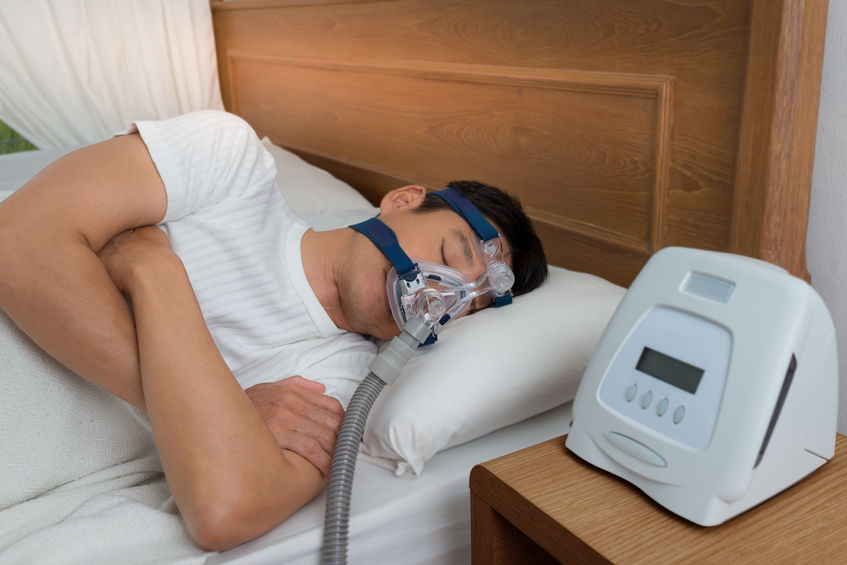
4. Can Difficulty Concentrating or Memory Problems Be Linked to a Potential Sleep Disorder in Need of Further Investigation?
Yes, cognitive issues from poor sleep often indicate an underlying sleep disorder requiring professional assessment. When sleep is repeatedly disrupted by breathing interruptions, your brain never reaches the deep, restorative stages necessary for memory consolidation and cognitive function.
Memory problems due to sleep apnea manifest in several ways:
- Difficulty retaining new information or recalling recent events
- Reduced ability to focus on tasks at work or during conversations
- Slower reaction times and impaired decision-making abilities
- Increased irritability and mood changes
The daytime impairment from poor rest extends beyond simple tiredness. Research shows that untreated sleep disorders significantly increase the risk of motor vehicle accidents—drowsy driving causes similar impairment to alcohol intoxication. If you find yourself struggling to stay alert whilst driving, forgetting appointments, or making uncharacteristic errors at work, these cognitive symptoms warrant sleep testing. The connection between disrupted nighttime breathing and daytime mental performance is well-established, making cognitive decline a critical warning sign that shouldn’t be ignored.
5. How Important Are Observations From Partners or Family Regarding Pauses in Breathing During Sleep When It Comes to Considering Sleep Testing?
Witnessed breathing pauses serve as one of the most reliable indicators that professional sleep testing is necessary. You cannot observe your own breathing patterns whilst asleep, making partner observations in sleep disorders invaluable for identifying potential problems.
Family reports on snoring combined with descriptions of breathing interruptions provide clinicians with critical diagnostic clues. When a bed partner describes episodes where you stop breathing for 10 seconds or longer, followed by gasping or choking sounds, these observations strongly suggest obstructive sleep apnoea. you may like to visit https://www.healthdirect.gov.au/how-to-stop-snoring to get how to stop snoring.
Third-party accounts carry significant weight because they offer objective evidence of breathing disturbances you might not recall upon waking. Many people with severe sleep apnoea remain completely unaware of their condition until someone witnesses these frightening episodes.
The specificity of these reports—including frequency, duration, and associated sounds—helps sleep specialists assess urgency and determine appropriate testing protocols. A partner’s detailed observations can accelerate diagnosis and treatment, potentially preventing serious cardiovascular complications linked to untreated breathing disorders.
6. What Role Do Screening Questionnaires Play in Assessing the Need for Sleep Testing?
Screening questionnaires provide a standardised method to evaluate your risk of obstructive sleep apnoea before committing to formal testing. Healthcare providers in Adelaide commonly use validated tools to identify patients who would benefit most from diagnostic sleep studies.
The STOP-Bang questionnaire used by clinics in Adelaide asks eight yes/no questions about snoring, tiredness, observed apnoea, blood pressure, BMI, age, neck circumference, and gender. Scoring five or more points indicates high OSA risk and typically triggers a referral for sleep testing.
Other widely used instruments include:
- OSA50 score relevance lies in its 50-question format that captures detailed symptom patterns
- Berlin Questionnaire accuracy assesses snoring frequency, daytime sleepiness, and hypertension across three categories
- Epworth Sleepiness Scale measures daytime drowsiness severity
High scores on these tools don’t confirm diagnosis but signal when professional sleep evaluation becomes medically necessary. Your GP or sleep specialist interprets results alongside your medical history to determine whether home-based or laboratory sleep testing suits your situation best.
7. Can Cardiovascular Issues Indicate Underlying Sleep Problems That Require Testing?
Yes, cardiovascular problems often indicate undiagnosed sleep disorders that require testing. The connection between hypertension and sleep apnea is particularly strong—repeated breathing interruptions during sleep trigger stress responses that elevate blood pressure and strain the heart throughout the night.
Each pause in breathing causes oxygen levels to drop, forcing the cardiovascular system to work harder. This creates a cycle of stress that can lead to:
- Persistent high blood pressure resistant to medication
- Irregular heart rhythms from poor sleep, including atrial fibrillation
- Increased risk of heart attack and stroke
- Accelerated progression of existing heart disease
Patients with treatment-resistant hypertension should consider sleep testing, especially when blood pressure remains elevated despite multiple medications. Those experiencing palpitations, irregular heartbeats, or unexplained cardiac symptoms alongside poor sleep quality need professional evaluation. The connection between disturbed nighttime breathing and heart health makes cardiovascular symptoms a critical warning sign that shouldn’t be ignored.
What To Expect During a Sleep Test in Adelaide If You Have Identified These Signs?
Sleep testing in Adelaide usually involves thorough overnight monitoring procedures that track various bodily functions while you sleep. The best type of sleep test offered by Adelaide facilities is called polysomnography (PSG), which is done in a sleep lab. PSG records brain activity, eye movements, muscle activity, heart rhythm, breathing patterns, and blood oxygen levels throughout the night.
For suspected moderate to severe obstructive sleep apnoea (OSA) cases, home sleep apnoea testing (HSAT) offers a more convenient option. This portable device monitors breathing effort, airflow, oxygen levels, and heart rate in the comfort of your own bedroom. Sensors are attached to your chest, finger, and near your nose to collect important data. Check out more about Sleep Study Adelaide: What Does the Overnight Test Actually Measure?
What Happens During the Sleep Test?
The testing process itself is painless and non-invasive:
- Technicians will apply small sensors to your skin using gentle adhesive.
- These sensors will allow natural movement during sleep.
- Most patients adapt quickly to the monitoring equipment and achieve sufficient sleep for accurate diagnosis.
When Will You Get the Results?
Results usually become available within one to two weeks after the sleep test. These results will provide detailed information about:
- Breathing disruptions
- Oxygen desaturation events
- Sleep architecture patterns
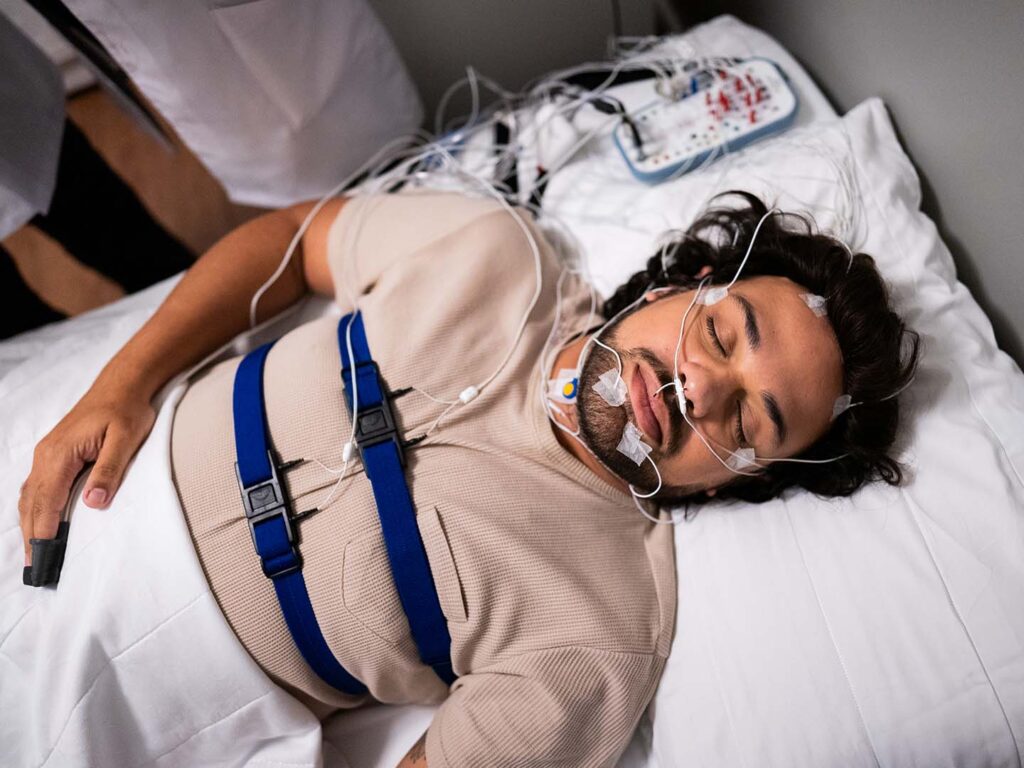
Who Should You Consult After Identifying These Signs?
Referral to respiratory physicians Adelaide or sleep specialists is essential once you’ve recognised any of the Top 7 Signs You Might Need Sleep Testing in Adelaide. Your general practitioner serves as the first point of contact, conducting initial assessments and determining whether specialist evaluation is warranted.
Consulting sleep specialists ensures accurate diagnosis through comprehensive evaluation of your symptoms, medical history, and sleep study results. These physicians possess specialised training in sleep medicine and respiratory conditions, enabling them to:
- Interpret complex sleep study data accurately
- Differentiate between various sleep disorders
- Develop personalised treatment strategies
- Monitor long-term management effectiveness
Respiratory physicians in Adelaide work within multidisciplinary teams, collaborating with sleep technologists, psychologists, and other healthcare professionals. This integrated approach addresses not only the sleep disorder itself but also related cardiovascular, metabolic, and mental health concerns that often accompany conditions like obstructive sleep apnea.
Early consultation prevents the progression of untreated sleep disorders and their associated health complications.
What Treatment Options Are Available In Adelaide Following A Confirmed Diagnosis Of A Sleep Disorder?
Treatment options in Adelaide depend on the severity of your diagnosis and can range from simple lifestyle changes for managing OSA to more complex medical interventions. Mild cases often respond well to weight loss, positional therapy, and reducing alcohol consumption before bedtime.
CPAP therapy in Adelaide is still the best treatment for moderate to severe obstructive sleep apnoea. It works by delivering a continuous flow of air to keep your airways open while you sleep. Local sleep clinics offer comprehensive CPAP setup, mask fitting, and ongoing support to ensure the treatment is successful.
Other Treatment Options
In addition to CPAP therapy, there are other treatment options available for obstructive sleep apnoea:
- Oral appliances: These are devices custom-fitted by dental sleep specialists that help reposition the jaw and tongue during sleep.
- Surgical procedures: In some cases, surgery may be necessary to remove anatomical obstructions in the airway.
- Positional devices: For individuals with position-dependent sleep apnoea, using devices that encourage sleeping in specific positions can be effective.
- Combination approaches: Tailored treatment plans that combine different therapies may also be beneficial for certain individuals.
Your sleep physician will create a personalised treatment plan based on your specific condition, preferences, and how well you respond to initial therapies. Regular follow-up appointments are important to monitor your progress and make any necessary adjustments to the treatment plan.
FAQs About Top Signs You Might Need Sleep Testing in Adelaide
Early recognition of sleep disorder symptoms helps prevent serious health issues like cardiovascular disease, diabetes, and reduced quality of life. Timely sleep testing ensures proper diagnosis and targeted treatment to restore restorative sleep.
2. Could Loud and Persistent Snoring Be a Sign You Should Get Sleep Tested?
Yes. Frequent, disruptive snoring—especially when accompanied by choking or gasping—can indicate obstructive sleep apnea. Sleep testing can confirm whether airway obstruction is causing sleep disruption and health risks.
3. Are Episodes of Breathing Cessation or Gasping During Sleep Red Flags?
Absolutely. Breathing pauses, called apnoeas, cause oxygen drops that strain the heart and disrupt sleep. If you or a partner notice these episodes, professional evaluation and sleep testing in Adelaide are essential.
4. Does Excessive Daytime Sleepiness Suggest You Might Have a Sleep Disorder?
Yes. Persistent daytime fatigue despite adequate sleep is a common sign of sleep-disordered breathing. Sleep testing can identify underlying causes like obstructive sleep apnea and prevent accidents or cognitive impairment.
5. Can Difficulty Concentrating or Memory Problems Be Linked to a Sleep Disorder?
Yes. Disrupted sleep interferes with cognitive function, leading to poor concentration, memory issues, slower reaction times, and irritability. Sleep testing helps determine if sleep disturbances are affecting mental performance.
6. How Important Are Observations From Partners or Family About Pauses in Breathing During Sleep?
Very important. Witness accounts provide objective evidence of breathing interruptions that patients often cannot notice themselves, helping specialists assess severity and urgency for sleep testing.
7. What Role Do Screening Questionnaires Play in Assessing the Need for Sleep Testing?
Screening tools like STOP-Bang, Berlin Questionnaire, and Epworth Sleepiness Scale help assess the risk of obstructive sleep apnea. High scores often indicate the need for professional sleep evaluation.
8. Can Cardiovascular Issues Indicate Underlying Sleep Problems?
Yes. Hypertension, irregular heartbeats, and unexplained cardiac symptoms can result from untreated sleep disorders. Sleep testing identifies conditions like sleep apnea that may contribute to cardiovascular strain.
9. What Treatment Options Are Available in Adelaide After a Sleep Disorder Diagnosis?
Treatment varies by severity. Mild cases may require lifestyle changes, while moderate to severe obstructive sleep apnea often involves CPAP therapy. Other options include oral appliances, positional devices, and surgical interventions. Sleep specialists provide personalised plans and ongoing follow-up.
